7 Things You Didn't Know About Being a Royal Heir
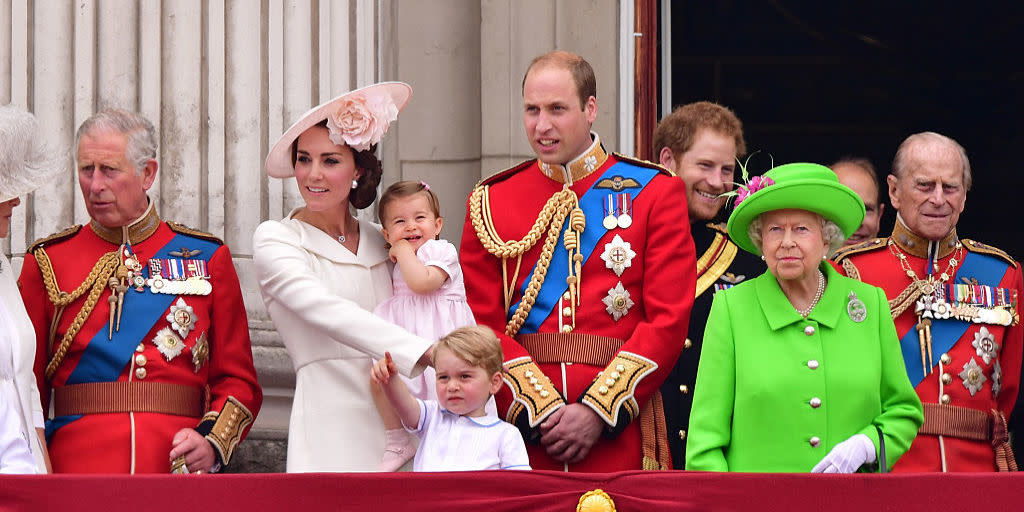
As the next in line to inherit the crown, royal heirs are entitled to a number of privileges. However, until very recently, they have also been restricted by ancient traditions which have shaped the British monarchy's order of succession. Since the arrival of the newest heirs - Prince George and Princess Charlotte - many of these traditions have changed, but being next in line to the throne still comes with certain customs. With the Duke and Duchess of Cambridge expecting their third child, here are seven things you may not know about life as a royal heir.
1. They don't need a last name.
Any royal with the title "His Royal Highness Prince" or "Her Royal Highness Princess" doesn't need to use a surname at all. Before 1917, British royals used the name of the house or dynasty to which they belonged, but after this date, George V made a drastic change when he adopted Windsor as the surname of his family. In 1960, the Queen made another change when she decided that her children would use Mountbatten-Windsor to reflect Prince Philip's name. Unless Prince Charles chooses to alter this when he becomes king, he will continue to be of the House of Windsor and his grandchildren will use the surname Mountbatten-Windsor.
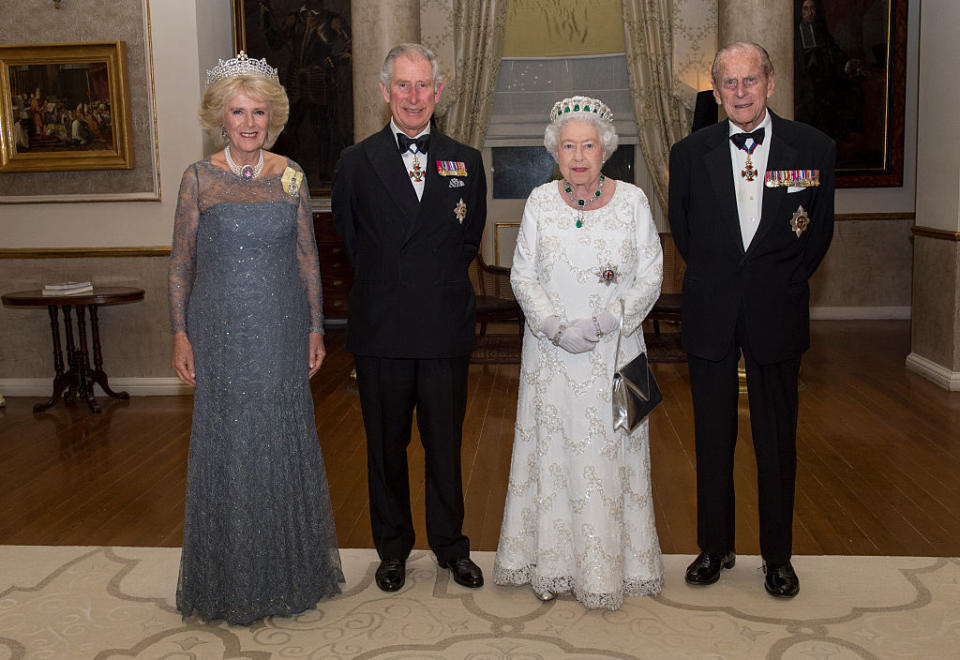
2. It used to be unheard of for royal heirs to go to school.
When Prince Charles enrolled at Hill House prep school in London, he was the first heir apparent not to have a private tutor. Charles and Diana continued to buck the trend by sending Princes William and Harry to the prestigious Wetherby prep school before their time at Eton. When Prince George starts his education this September, he will attend Thomas's, a private primary school in southwest London, rather than home school.
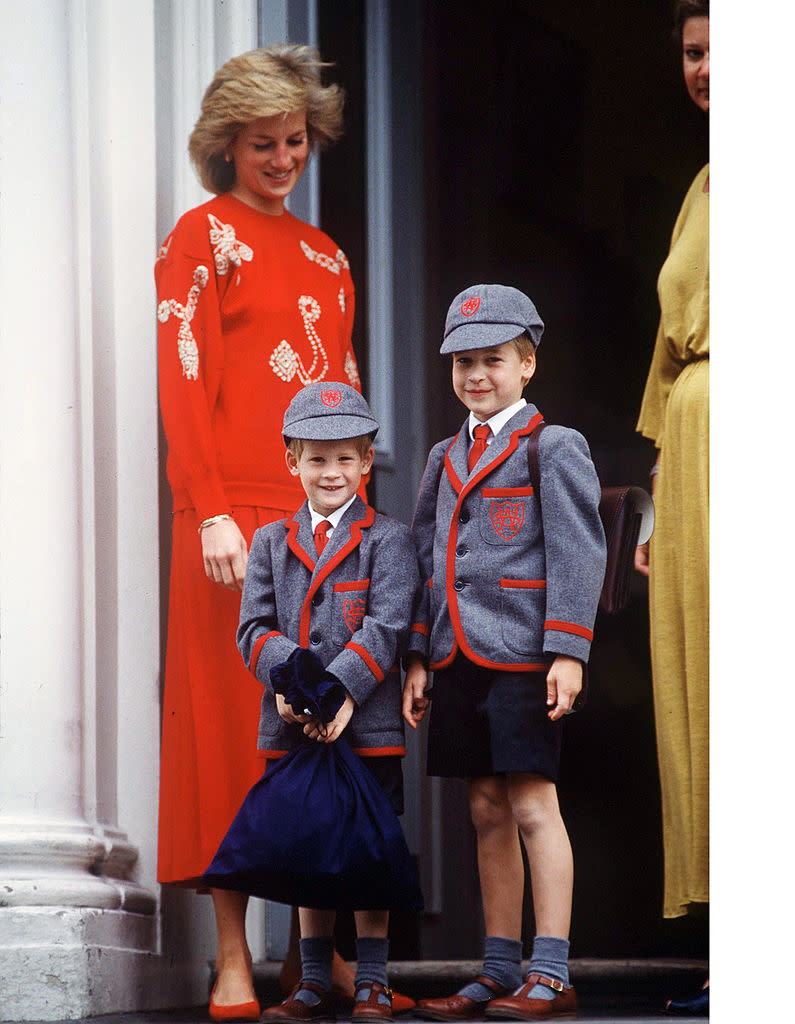
3. Male heirs no longer take precedence over their sisters.
In 2013, legislation dating back to the 17th century was amended under the Succession to the Crown Act. This ground-breaking amendment declared that the order of succession now be determined by the order of birth, rather than gender. So, the Duke and Duchess of Cambridge's second child, Princess Charlotte, could one day wear the crown herself, particularly if her brother, Prince George, doesn't have children. Charlotte will remain fourth in line to the throne, ahead of her uncle Prince Harry, who will be in sixth place when the Duke and Duchess welcome their third child. This is regardless of whether or not William and Kate go on to have another son.
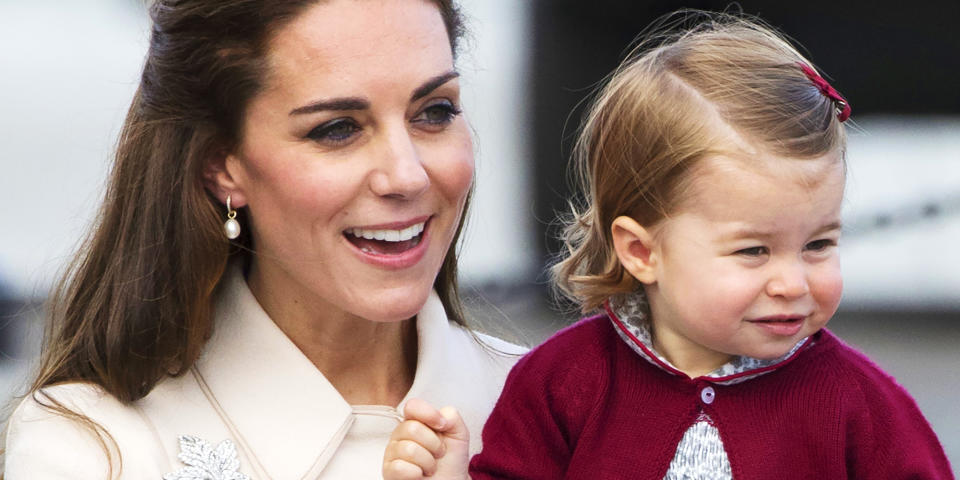
4. The royal heir needs the Queen's permission to marry.
In 1772, King George II passed the Royal Marriages Act, stating that his descendants could not marry without the reigning monarch's consent. This law has overshadowed British royals in recent history, most notably when King Edward VIII had to abdicate the throne in order to marry the divorced Wallis Simpson. And despite the fact that Queen Elizabeth never formally prevented her sister Princess Margaret from marrying Captain Townsend, their marriage was never able to take place. Fortunately, the Succession to the Crown Act changed this so that only the first six in line to the throne will need the monarch's permission to marry. Since Prince Harry will be in sixth place when his new niece or nephew is born, this means he will still need to ask his grandmother's permission should he ever propose to his girlfriend Meghan Markle.
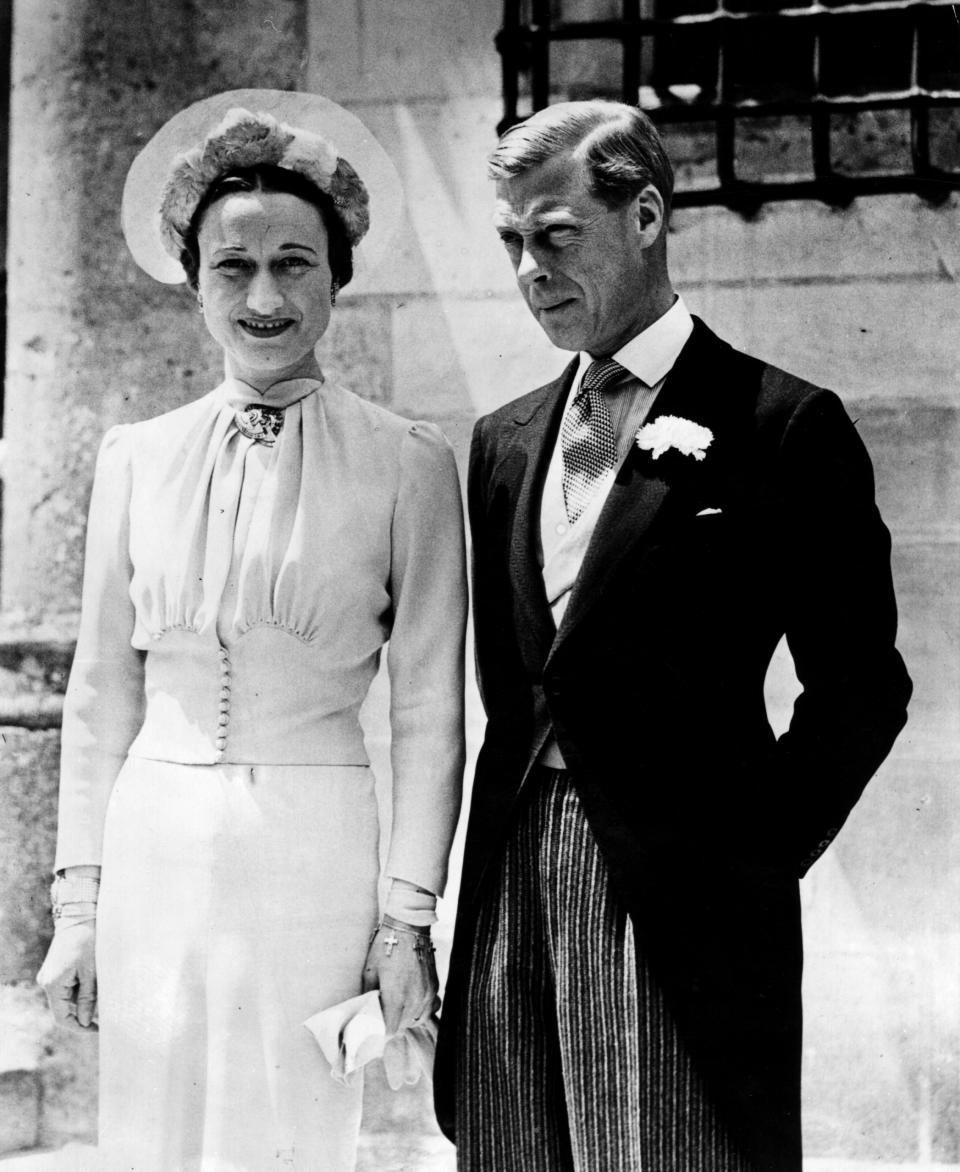
5. Prince William was the first future king to be born in a hospital.
Both he and his brother Prince Harry were born in the private Lindo Wing of St Mary's Hospital in Paddington, London, where the Duchess of Cambridge also gave birth. The Queen was born at a home belonging to her mother's parents in London's Mayfair and Prince Charles was born at Buckingham Palace.
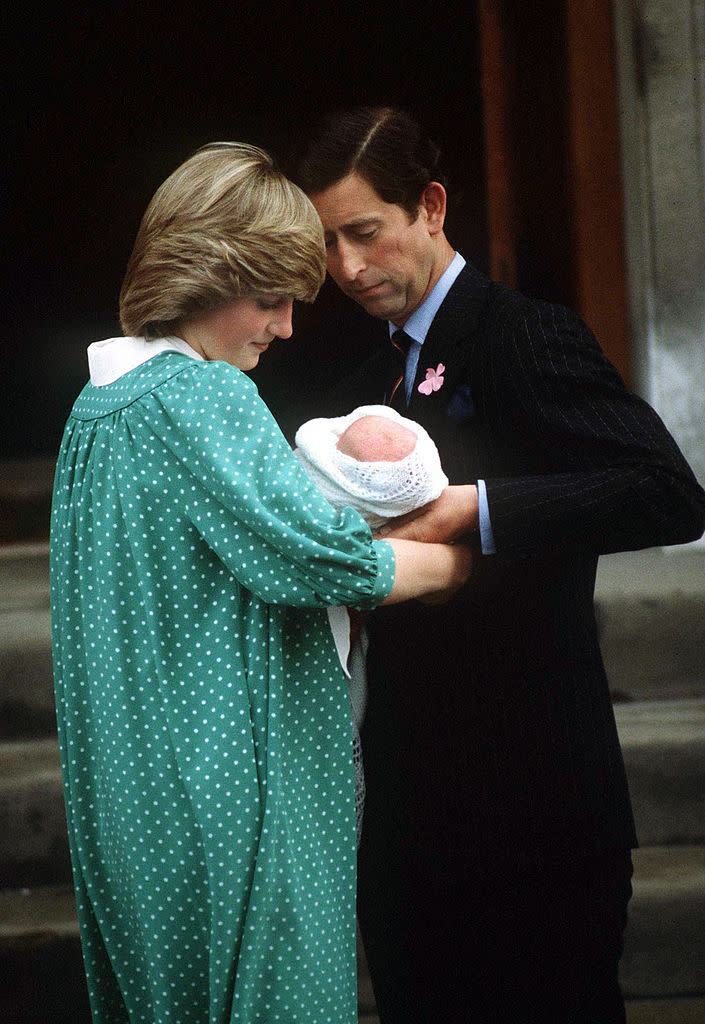
6. The arrival of a royal heir is one of the few special occasions that is marked with a gun salute from British soldiers.
This can take place at either Hyde Park, Green Park, or the Tower of London, and a total of 62 rounds will be fired over 10 minutes. The custom is that gun salutes are fired for the birth of every prince or princess, no matter where their place is within the succession. The last royal salute for a royal birth was for Princess Charlotte in 2015.
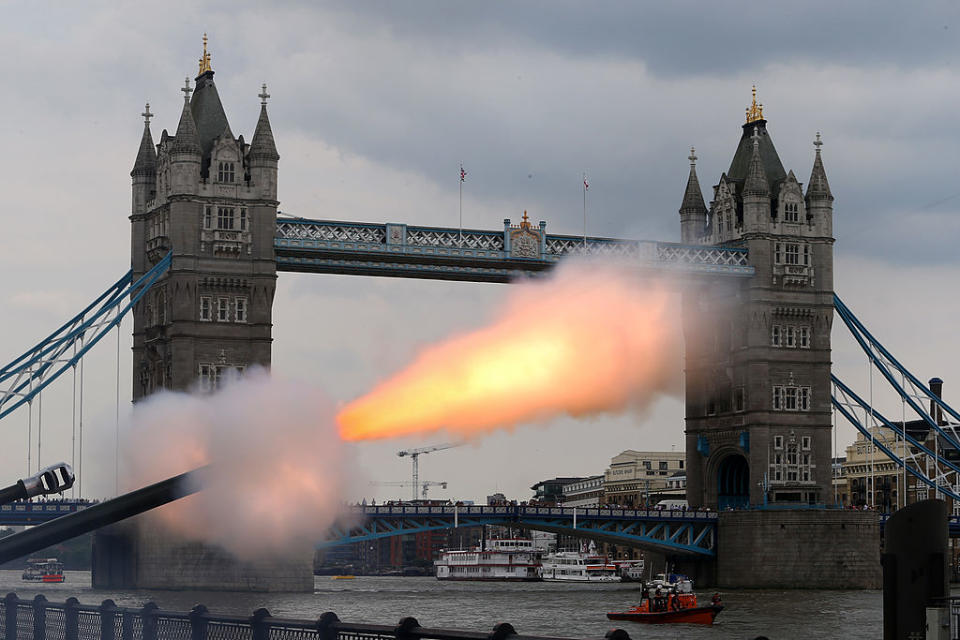
7. It's almost impossible for an heir to renounce their right in the line of succession.
However, as Royal Central points out, the British Parliament does have a say in who succeeds the monarch under a doctrine known as 'Parliamentary supremacy'. "It is, therefore, not the Queen who determines who succeeds her but Parliament," the site explains, although this would inevitably cast doubt over the succession line altogether. Once reigning, a monarch can abdicate from the throne, as King Edward VIII did in 1936.
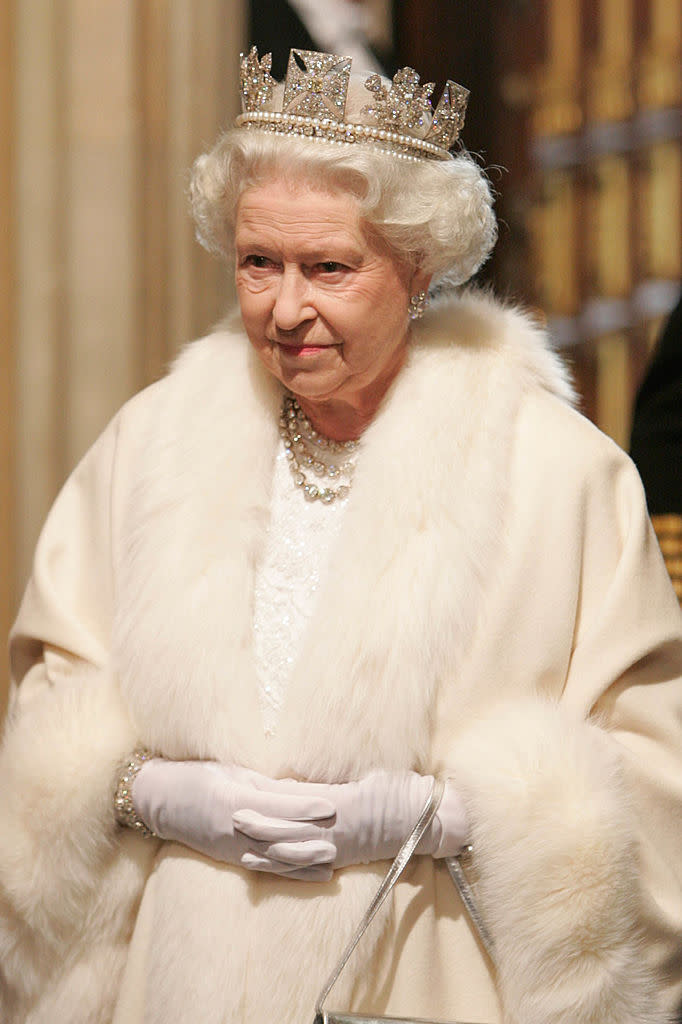
Follow Redbook on Facebook.
You Might Also Like


